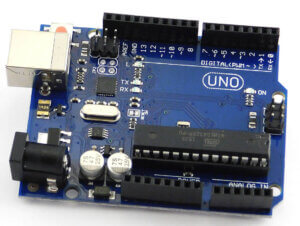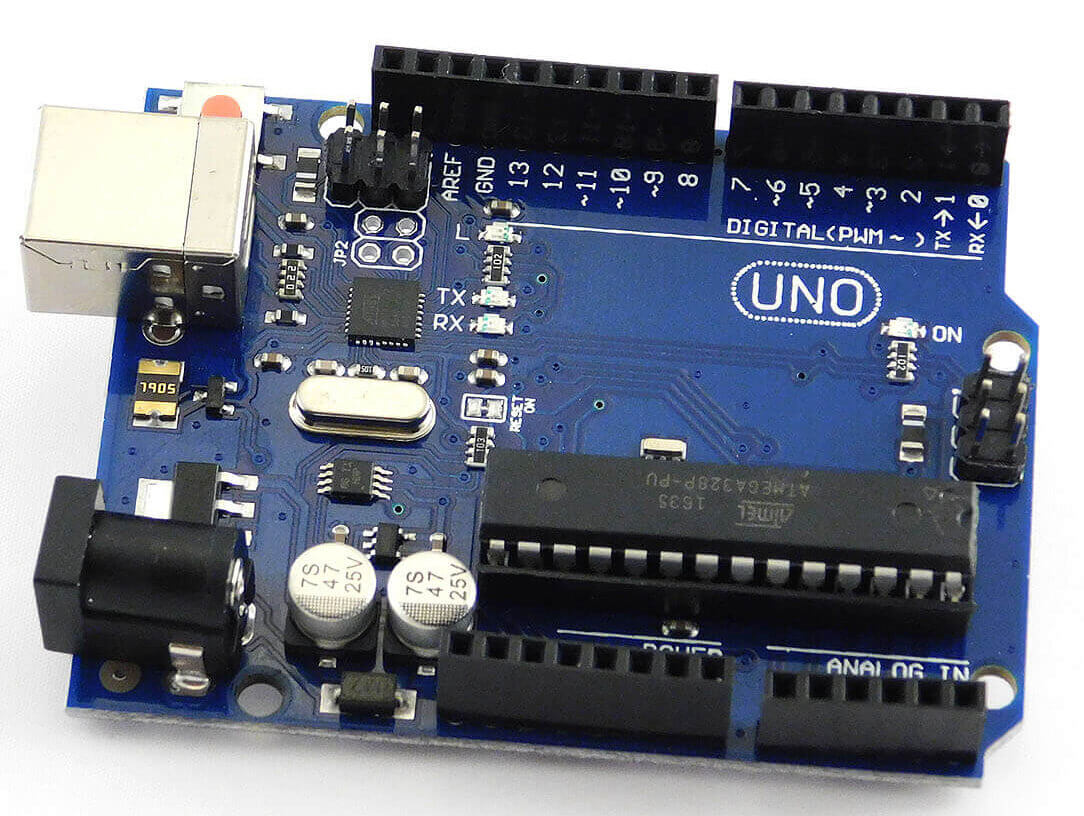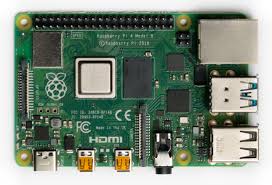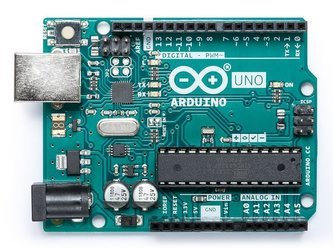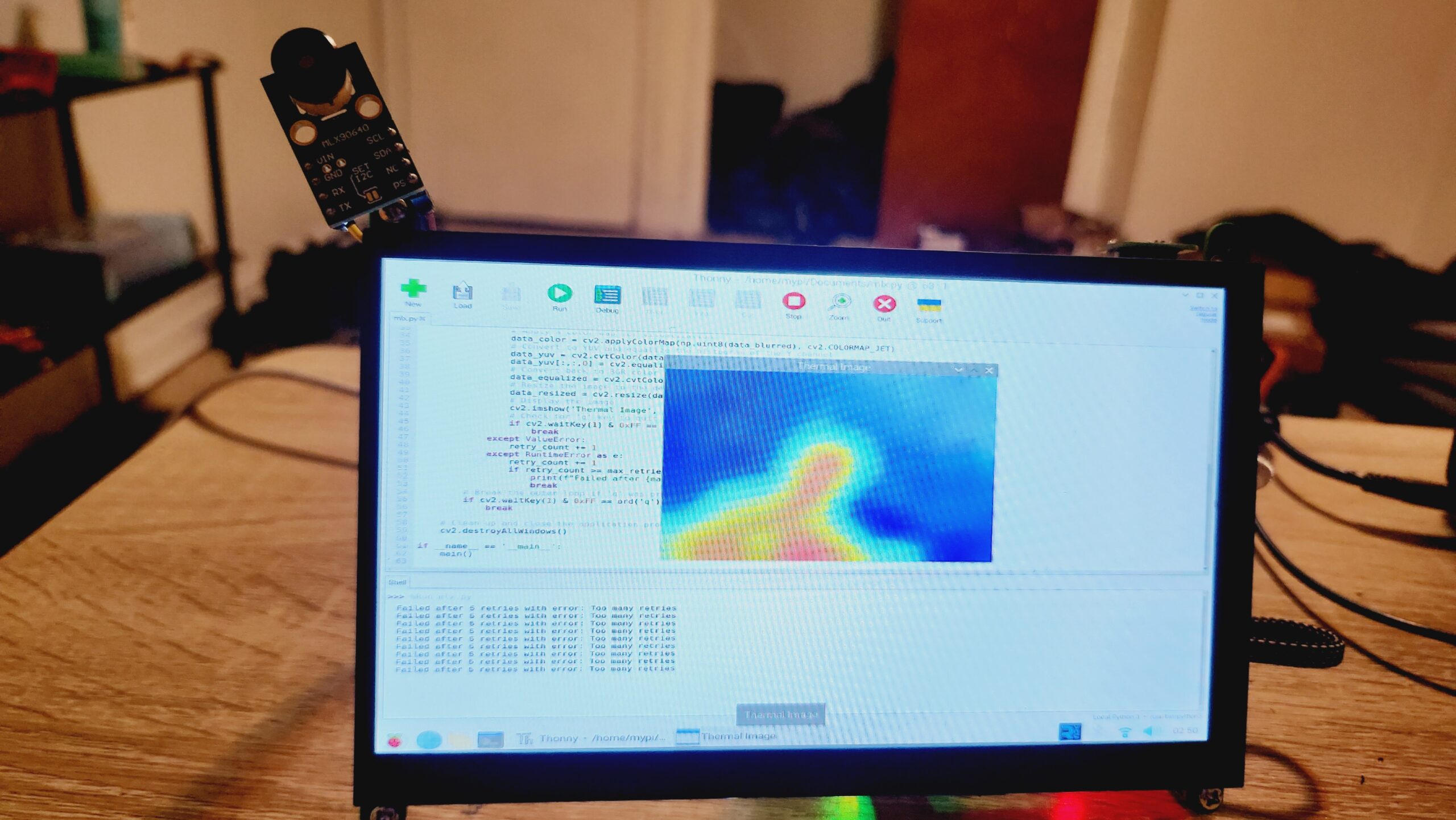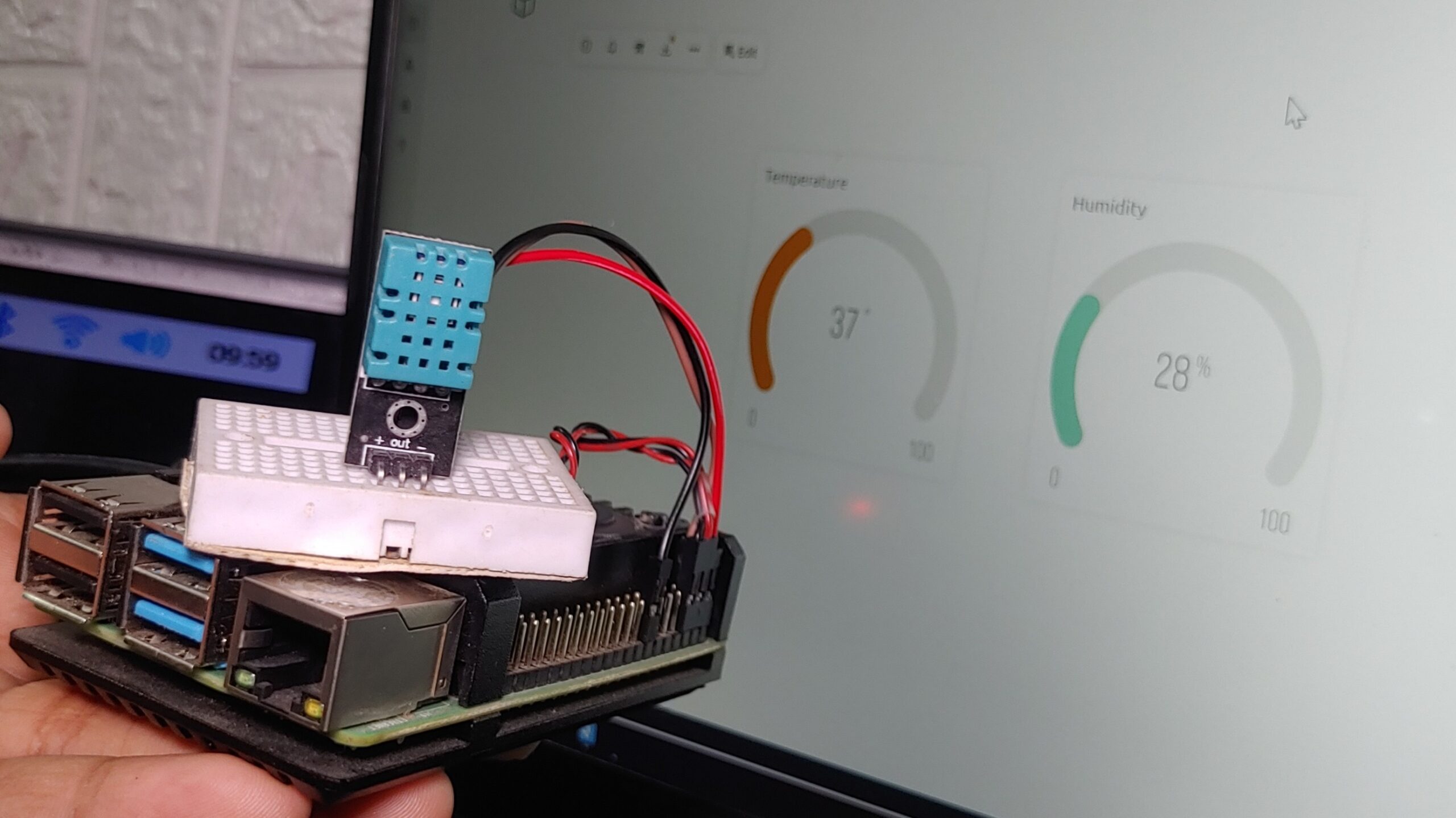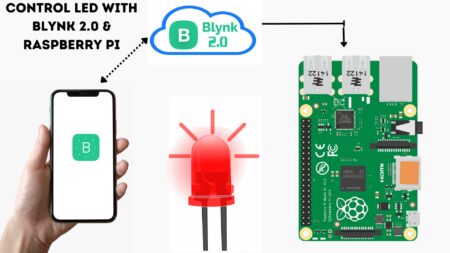When it comes to single-board computers, two big names tend to dominate the conversation: Arduino vs Raspberry Pi. Both are incredibly popular choices for DIY projects and electronic tinkering, but which one is the right choice for your needs? but what’s the difference between the Arduino vs Raspberry Pi?
Arduino vs Raspberry Pi is a big difference. Arduino is a microcontroller, while Raspberry Pi is a mini-computer. They both have their pros and cons, but overall, they’re pretty different. Arduino is better for hardware projects while Raspberry Pi is better for software projects.
What is Arduino?
An Arduino is a microcontroller board that is based on the Atmel AVR microcontroller. It was created in 2005 to make it easy for people to create electronic projects.
It is similar to a regular computer, but it has a special microcontroller that allows it to control things like motors and lights. You can use an Arduino to make your electronic projects, or you can use it to control other devices. Arduino is open-source, which means that anyone can use the board to create their projects. The Arduino software is also open-source, and it is easy to use, even for people who are not experienced with programming.
Arduino is popular for two main reasons. First, it’s inexpensive. Most Arduino boards cost less than 20$. Second, it’s easy to use. Arduino’s programming language is based on C++, making it relatively easy to learn. There are a variety of Arduino boards, each with its own set of features.
The most popular Arduino board is the Arduino Uno, which has 14 digital input/output pins (6 of which can be used as PWM outputs), 6analogueg inputs, and a USB connection. Arduino boards can be used to control a variety of devices, including LEDs, motors, and sensors. They can also be used to create interactive projects, such as games, musical instruments, and robots.
Features
- Most of the Arduino boards come with an 8-bit Microcontroller.
- 32k bytes of flash memory and 2k bytes of SRAM (Static Random Access Memory).
- Input voltage required- 7 V – 12V
- Arduino uses C/C++ as a programming language.
- Digital I/O pins- 14
- Analog Input pins- 6
- Clock frequency-
- Processor speed ranges from 8 MHz to 400 MHz. The average speed of most of the Arduinos is 16 MHz.
- Flash Memory- 32KB
- It is limited to IDE (Integrated Development Environment)
Different Types Of Arduino Boards
The Arduino family presents a variety of boards for different purposes. Some of them are given below. The list of Arduino boards includes the following as
- Arduino Uno (R3)
- Arduino Nano
- Arduino Micro
- Arduino Due
- LilyPad Arduino Board
- Arduino Bluetooth
- Arduino Diecimila
- RedBoard Arduino Board
- Arduino Mega (R3) Board
- Arduino Leonardo Board
- Arduino Robot
- Arduino Esplora
- Arduino Pro Mic
- Arduino Ethernet
- Arduino Zero
Arduino UNO Applications
- Traffic Light Count Down Timer.
- Security system.
- Embedded systems.
- Home Automation.
- Industrial Automation.
- Medical Device.
- Emergency Light for Railroads.
- IoT Projects
Arduino is recommended for:
- Simple electronics projects
- Teach the principles of electronics
- Energy efficiency solutions
- We have limited programming knowledge
- We want to take advantage of a wide network of support and standard applications
What is Raspberry Pi?
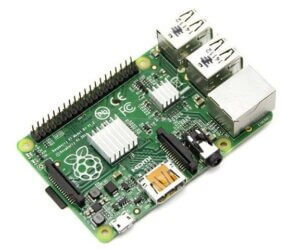
Raspberry Pi is a credit-card-sized computer developed by Rasberry Pi Foundation in 2012. It was designed to promote the teaching of computer science in schools. Raspberry Pi is also open-source, and it runs on the Linux operating system. What is Raspberry Pi And Their Uses – Beginner’s Guide
It is a capable little gadget that enables people of all ages to explore computing and to learn how to program in languages like Scratch and Python. It’s capable of doing everything you’d expect a desktop computer to do, from browsing the internet and playing high-definition video, to making spreadsheets, word-processing, and playing games.
The Raspberry Pi has a much more powerful processor than the Arduino, and it also has a GPU. This means that the Pi is capable of running much more complex programs than the Arduino.
Features
- Superior software implementation
- 64-bit Quad-core processor
- Large RAM (the latest Raspberry Pi 4 Model B Board has up to 8G of RAM)
- Processor speed- 700MHz- 1.5GHz
- Raspberry Pi has 40 input/output pins.
- It can be connected to the Internet.
- It can run all kinds of applications (including MS Office and Email).
- It contains everything- CPU (Central Processing Unit), GPU (Graphics Processing Unit), Ethernet port, GPIO (General-purpose Input/Output) pins, and power source connector.
Different Models of Raspberry Pi
The different types of raspberry pi models are following
| Raspberry Pi Platform | RAM | Processor | USB | Ethernet | Wi-Fi | Bluetooth | HDMI | Other Video | MicroSD |
|---|---|---|---|---|---|---|---|---|---|
| Raspberry Pi A+ | 512MB | 700 MHz ARM11 | 1 Port | – | – | – | Yes | DSI, Composite | Yes |
| Raspberry Pi B + | 512MB | 700 MHz ARM11 | 4 Ports | 10/100Mbps | – | – | Yes | DSI, Composite | Yes |
| Raspberry Pi 2 B | 1GB | 900 MHz Quad-Core ARM Cortex-A7 | 4 Ports | 10/100Mbps | – | – | Yes | DSI, Composite | Yes |
| Raspberry Pi 3 B | 1GB | 1.2 GHz, Quad-Core 64-bit ARM Cortex A53 | 4 Ports | 10/100Mbps | 802.11n | 4.1 | Yes | DSI, Composite | Yes |
| Raspberry Pi 3 B + | 1GB | 1.4 GHz 64-bit ARM Cortex A53 | 4 Ports | 300/Mbps/PoE | 802.11ac | 4.2 | Yes | DSI, Composite | Yes |
| Raspberry Pi Zero | 512MB | 1 GHz single-core ARM11 | 1 Micro USB | – | – | – | Mini-HDMI | – | Yes |
| Raspberry Pi Zero Wireless | 512MB | 1 GHz single-core ARM11 | 1 Micro USB | – | 802.11n | 4.1 | Mini-HDMI | – | Yes |
Key Differences
- Arduino is a micro-controllers, while Raspberry Pi boards are microprocessors.
- Raspberry Pi supports the internet, and Arduino boards do not support the internet.
- Raspberry Pi has Bluetooth and Wi-Fi on board and Arduino has no wireless connectivity.
- Arduino boards are cheaper, Raspberry Pi boards are a bit more expensive.
Applications of a Raspberry pi
The different applications of the raspberry pi model are
- Media steamer
- Tablet computer
- Home automation
- Internet radio
- Controlling robots
- Cosmic Computer
- Arcade machines
- Raspberry pi based projects
Difference between Arduino vs Raspberry Pi
There are several key differences between Arduino and Raspberry Pi. Arduino is a microcontroller board that is easier to use for people who are new to electronics projects. Raspberry Pi is a credit-card-sized computer that is more powerful than Arduino and is capable of running more complex programs.
Raspberry Pi 4 |
Arduino UNO |
||
| technical parameters | Price | ~EUR40 | ~€20 |
| Dimensions | 87x58mm | 76x64mm | |
| Frequency | 1500MHz | 16MHz | |
| RAM | 1GB, 2GB, 4GB | 0.002MB | |
| Siec | Ethernet 10/100/100 | Nope | |
| Input voltage | 5V | from 7 to 12 V | |
| Flash memory | microSD card | 32KB | |
| USB | 4 in and out | One, entry only | |
| The operating system | Dystrybucja Linux | Nie | |
| Exemplary Applications | Basic, analog sensors | Yes, but a little more knowledge or time is required | Yes |
| More advanced sensors | Yes | Yes, but it takes a little more time | |
| Movies, Music | Yes | Nope | |
| Basic device driver without remote control | Yes, but a little more knowledge or time is required | Yes | |
| Downloading files from the Internet | Yes | Yes, but it takes a bit more time and may need shields | |
| Functions of a simple personal computer (writing documents, sending mail) | Yes | Nope |
There are a few key differences between the Arduino and Raspberry Pi. The biggest difference is that the Arduino is a microcontroller, while the Raspberry Pi is a full-fledged computer.
This means that the Arduino is much better suited for projects where you need to control specific hardware, like sensors or motors. The Raspberry Pi, on the other hand, is better suited for projects where you need a full-fledged Linux operating system and a wider range of software options.
Another key difference is that the Arduino is much simpler to use than the Raspberry Pi. The Arduino IDE is very user-friendly, and there is a wide range of libraries available for the Arduino that make it easy to interface with sensors and other hardware.
The Raspberry Pi, on the other hand, requires a much greater understanding of Linux and programming in general.
| Basis | Arduino | Raspberry Pi |
|---|---|---|
| License | Arduino is an open-source project. Both its software and hardware design are open source. | Both hardware and software of Raspberry Pi are closed source. |
| Control Unit | From Atmega Family | From ARM Family |
| Clock Frequency | 16 MHz (Arduino UNO) | Up to 1.5 GHz in Raspberry Pi 4 B |
| RAM | Requires less RAM (2kB) | Requires large RAM (more than 1 GB) |
| CPU Architecture | 8-bit | 64-bit |
| Logic level | Arduino’s logic level is 5V. | Raspberry Pi’s logic level is 3V. |
| Power Consumption | Consumes about 200 MW of power | Consumes about 700 MW of power |
| Based on | Arduino is a Microcontroller | Raspberry Pi is based on a microprocessor |
| Hardware Structure | Simple hardware structure | Complex hardware Structure |
| Software | Arduino boards are programmable using C/C++ languages. | Raspberry Pi supports its Linux-based operating system Raspberry Pi OS. You can also install the OS you like. |
| Internet | Arduino does not have internet support. You need additional modules or shields to connect it to the internet. | Raspberry Pi has a built-in Ethernet port and WiFi support. |
| Cost | Arduino boards are cheaper. | Raspberry Pi boards are expensive. |
| How they handle power drop | Arduino devices begin executing code when they are turned on. Therefore, when power is turned off, abruptly, you won’t end up with a corrupt operating system or errors. The code will simply start again when plugged in. | Raspberry Pi requires the same care as a PC. You have to shut the operating system down properly. |
| Current drive strength | Higher current drive strength | Lower current drive strength |
| Capability | Arduino is generally used to perform single (and simple) tasks repeatedly. | Raspberry Pi can perform multiple tasks simultaneously. |
| Wireless connectivity | Arduino does not support Bluetooth or WiFi. | Raspberry Pi supports Bluetooth and WiFi. |
| Applications | Traffic light countdown timer, Parking lot counter, Weighing machines, etc. | Robot controller, Game servers, Stop motion cameras, etc. |
Which One Is Better Arduino or Raspberry Pi
Arduino is much cheaper than the Raspberry Pi. The Arduino Uno, for example, can be purchased for around $30, while the Raspberry Pi is around $40. This makes the Arduino a great option for projects on a budget. So, which one should you use? It depends on what kind of project/s you are going to do. If you need a simple way to control hardware, the Arduino is probably your best bet.
Arduino is better for hardware projects while Raspberry Pi is better for software projects. it depends”.
Uses of Arduino vs Raspberry Pi
Use a Raspberry Pi if…
- You are working on a project that requires lots of calculation power
- Your project needs to perform complicated math
- You want a digital output for your project, such as a TV screen
Use an Arduino if…
- Your project is embedded, such as a smart oven, fridge, etc.
- You want to output results onto LED lights, 7-segment displays, etc.
- You want to control things such as fans, lights, etc.


